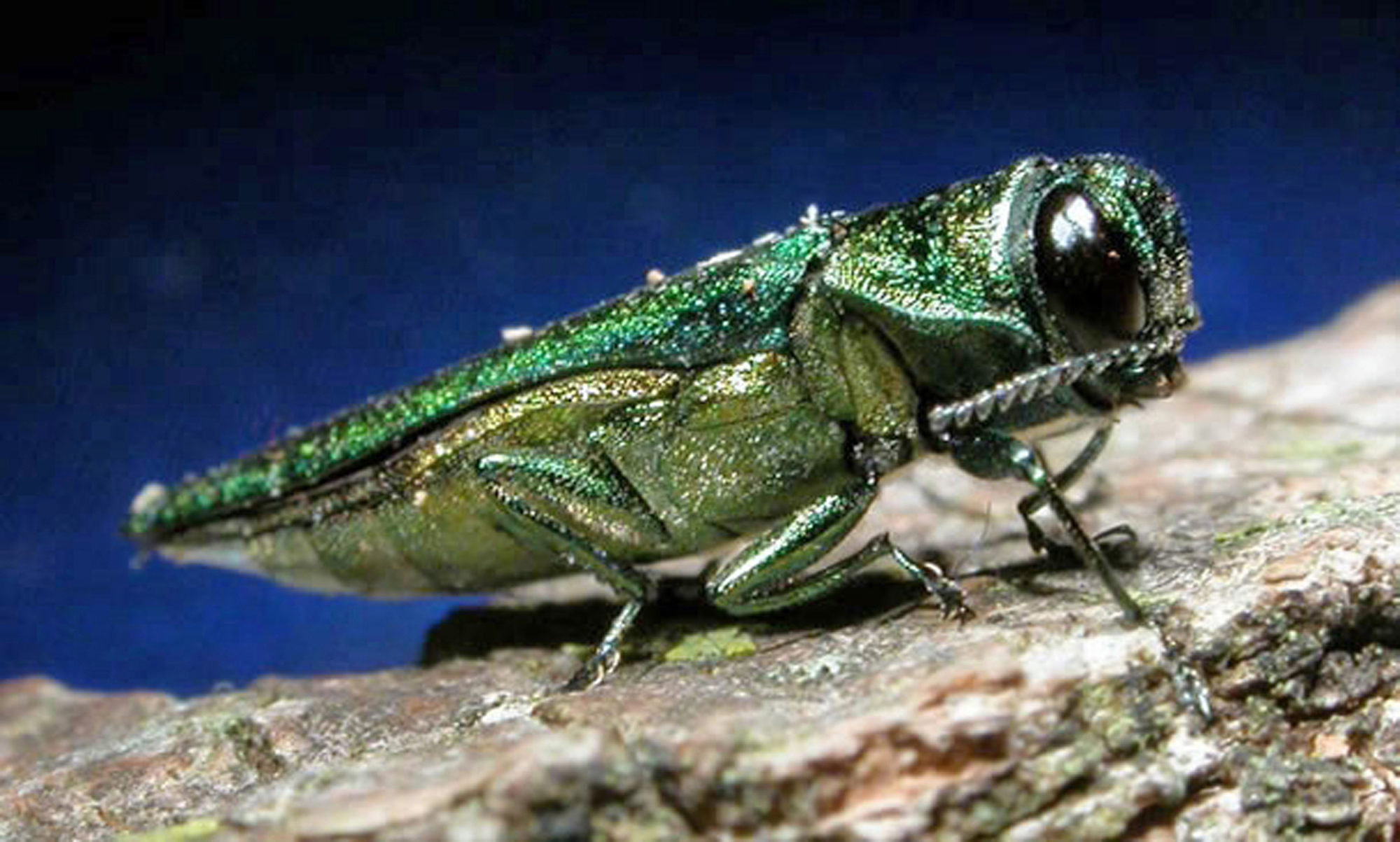WASHINGTON — The sound of chainsaws will be reverberating throughout acres of Montgomery County parkland, and among many roadsides — all because of a tiny green bug with a gigantic appetite.
At a briefing before the county council’s Planning, Housing and Economic Development Committee, Patrick Harwood with the Montgomery County Parks Department outlined the grim outlook for the county’s native ash trees in area stream valleys thanks to the invasion of the emerald ash borer.
“Within about eight years, there will be zero ash trees left,” Harwood told the council members, speaking about areas where the county is already seeing infestation.
Treating trees infested with the bugs offers little hope, Harwood said, explaining that infestation is typically lethal for the native trees. Harwood explained that while oak trees can suffer partial die-off but remain standing, it’s a different story for ash trees.
“Ash trees will actually snap off at the base, shed branches within six months of them perishing from the infestation.”
Among the neighborhoods seeing a loss of ash trees is Stratton Woods.
According to county documents, the Department of Parks estimates 2,040 trees need to be either treated or removed over the next five years. The best and safest course of action, Harwood told council members, was to cut down dead and dying trees and replace them to avoid erosion, which could lead to degradation of water, loss of tree canopy, and growth of invasive species that fill the hole left by the ash trees.
One glimmer of hope — Harwood said the county is working with the University of Maryland on the possible introduction of a predator: wasps that would control the emerald borer’s population. But Harwood said it’s too little, too late for trees that are already standing. Instead, it’s a chance at preventing or limiting infestation in future growth.






